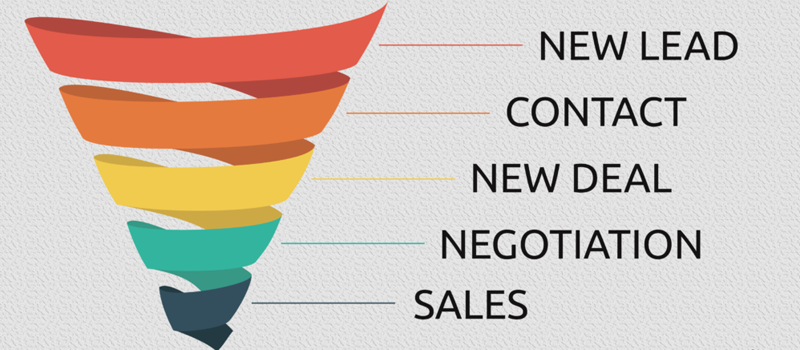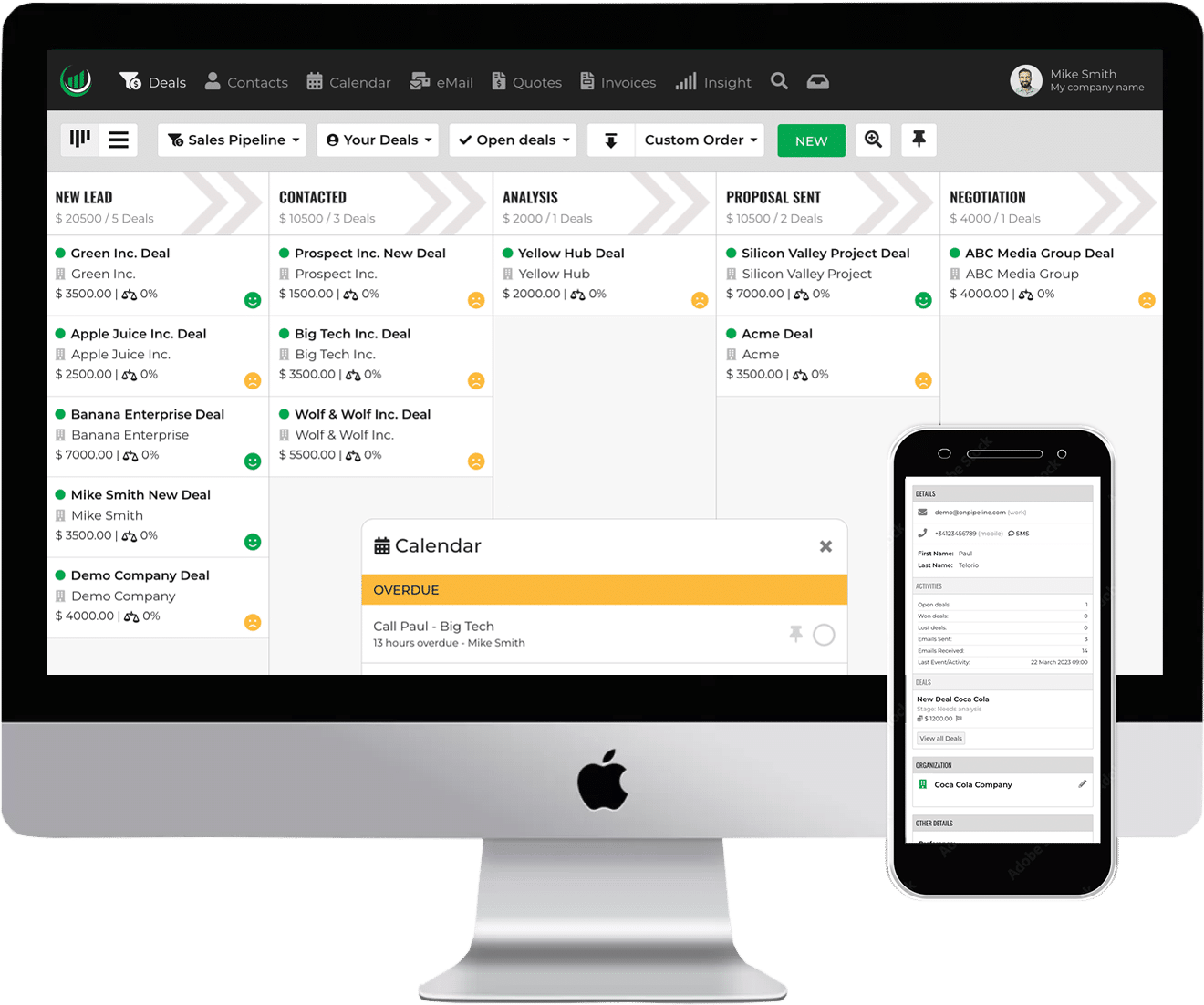Customer Relationship Management (CRM) is able to provide your business with a picture of the situation, allowing to establish significant metrics and processes that can transform the sales cycle into a strategic tool. That’s how!
Prospecting: use CRM to manage Leads
Most sales professionals are familiar with importing contact information into the CRM system through spreadsheets, but what about those prospects that are active on the Internet? A CRM software will help you manage leads from online advertising campaigns. More contacts mean more business!
Adapt content to preferences
Lead qualification allows you to prioritize your warmest contacts but remember that nothing is carved in stone. The evaluation criteria should be re-evaluated to ensure that the scores accurately reflect the current situation. Once the customer is qualified, the contents of your emails or calls shall be customized accordingly.
Measure performance
Lead generation and management of the sales cycle are evolving processes that must always be re-evaluated to keep them effective. CRM will be able to see over time what generates sales. This is the reason why it is fundamental – from the beginning – to use CRM data to trace Lead sources. The reports must be able to provide information to help determine from where you are receiving the contacts (leads), and you can track the return on investment.
Design the sales cycle
CRM is a powerful tool that can help define and manage the sales pipeline. Going deeper, CRM gives you the opportunity to evaluate and improve the quality of connections with potential customers at each stage of the sales cycle. Having a full control of the sales cycle with CRM will be rewarded with more sales.


